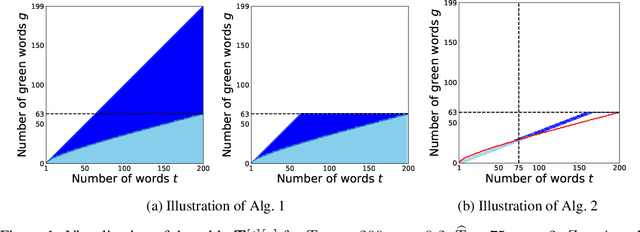Necessary and Sufficient Watermark for Large Language Models
Paper and Code
Oct 02, 2023



In recent years, large language models (LLMs) have achieved remarkable performances in various NLP tasks. They can generate texts that are indistinguishable from those written by humans. Such remarkable performance of LLMs increases their risk of being used for malicious purposes, such as generating fake news articles. Therefore, it is necessary to develop methods for distinguishing texts written by LLMs from those written by humans. Watermarking is one of the most powerful methods for achieving this. Although existing watermarking methods have successfully detected texts generated by LLMs, they significantly degrade the quality of the generated texts. In this study, we propose the Necessary and Sufficient Watermark (NS-Watermark) for inserting watermarks into generated texts without degrading the text quality. More specifically, we derive minimum constraints required to be imposed on the generated texts to distinguish whether LLMs or humans write the texts. Then, we formulate the NS-Watermark as a constrained optimization problem and propose an efficient algorithm to solve it. Through the experiments, we demonstrate that the NS-Watermark can generate more natural texts than existing watermarking methods and distinguish more accurately between texts written by LLMs and those written by humans. Especially in machine translation tasks, the NS-Watermark can outperform the existing watermarking method by up to 30 BLEU scores.
 Add to Chrome
Add to Chrome Add to Firefox
Add to Firefox Add to Edge
Add to Edge